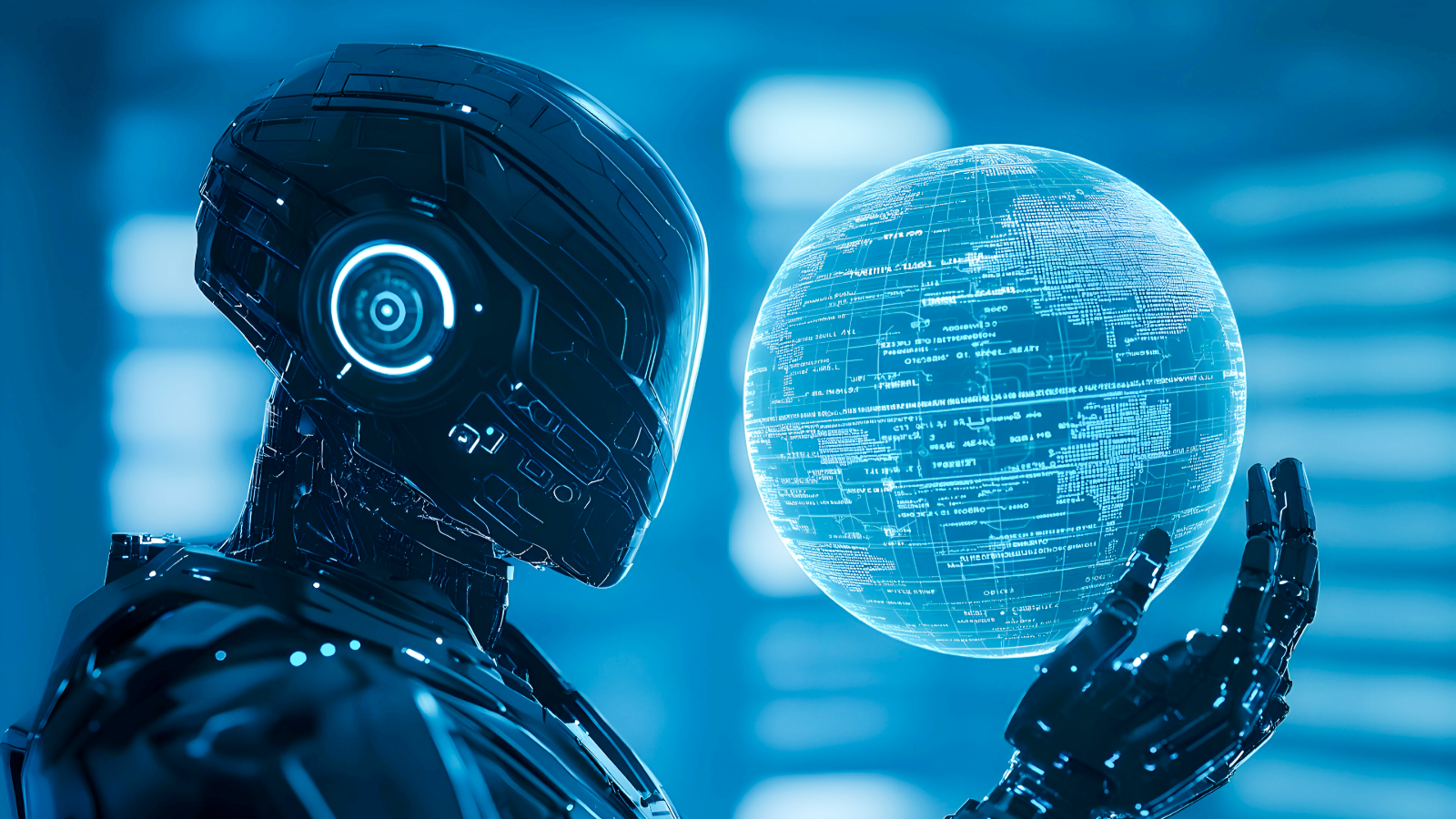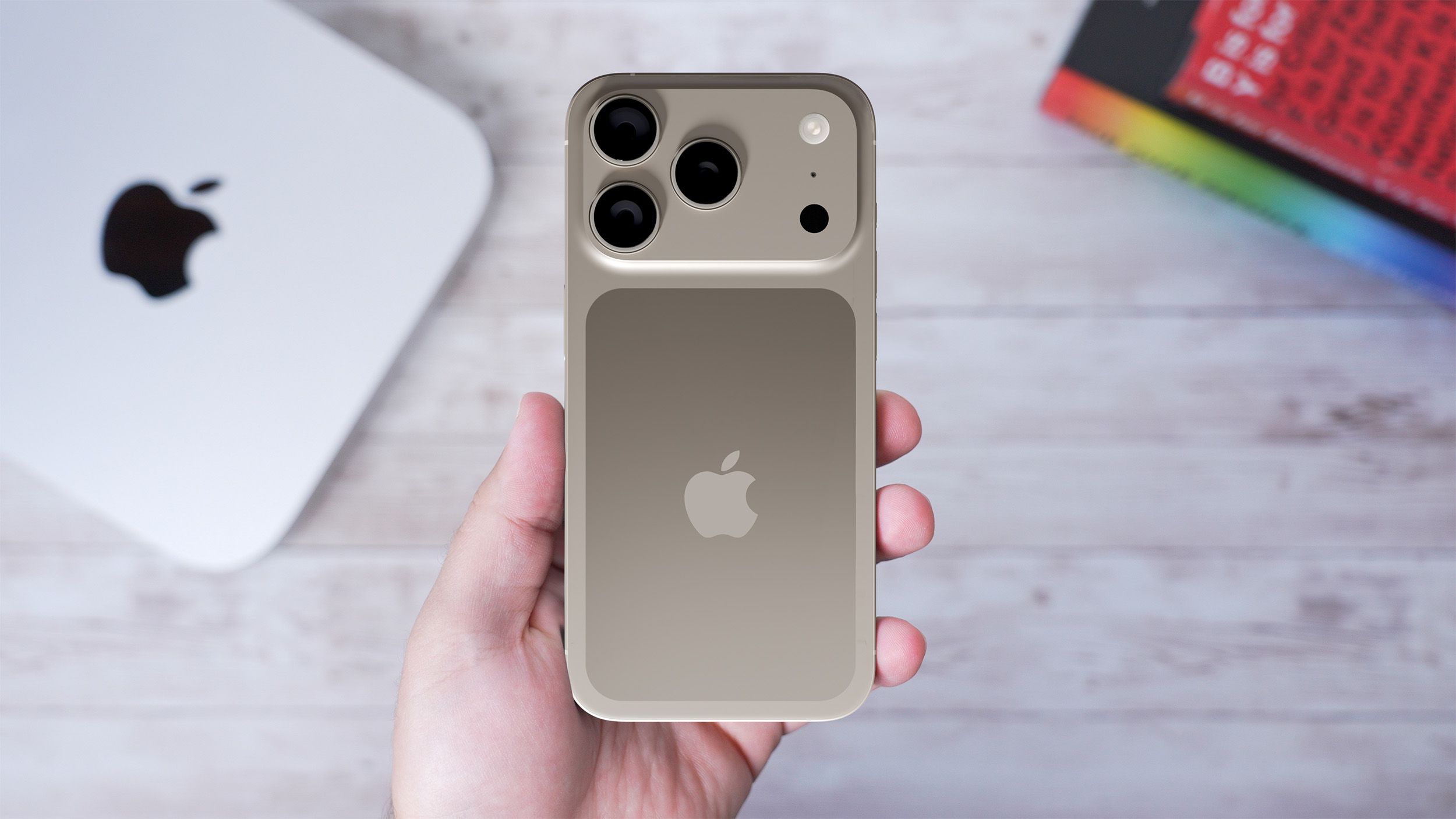Editor’s note: “Why the AI Revolution’s Next Wave Could Unlock Staggering Profits” was previously published in March 2025 with the title, “Humanoid Robots: Betting on the Next Big AI Breakthrough.” It has since been updated to include the most relevant information available.
Every few decades, a new technology comes along that changes everything: electricity, the internet, smartphones. Now we’re in the midst of AI’s meteoric rise and global takeover.
That was once a controversial take – but not anymore. Artificial intelligence is already transforming the way we work, create, and communicate. But what most people don’t realize is that what we’re seeing now is just the beginning.
In fact, the AI Revolution we’ve all been watching unfold – through ChatGPT, Nvidia’s chip development, and the construction of massive cloud compute centers – is already becoming old news.
The next wave of AI? It’s not digital. It’s physical.
Welcome to AI 2.0, where intelligent machines don’t just live in our browsers or data centers… They walk among us.
Now, to be clear, the first wave of AI has already created some truly mind-blowing investment returns. Since late 2022:
- Nvidia (NVDA) has soared more than 650% thanks to high demand for its AI chips.
- AppLovin (APP) has skyrocketed more than 2,500% higher as its AI-driven ad engine took over mobile gaming.
- Palantir (PLTR) is riding a new wave of government and enterprise AI demand, with shares rising more than 1,200%.

All great stories – but all based on AI 1.0: algorithms that crunch data, predict patterns, generate text, and optimize ads. It’s exciting and lucrative. But it’s also crowded.
Investors are still focused on the models, the chips, the cloud. But that’s where AI was.
The real action now is in bringing artificial intelligence to life.
We’re talking about the physical embodiment of AI: Humanoid robots.
Humanoid Robots: Bringing AI to Life
These next-gen machines can see, hear, speak, and move.
They can stock shelves, assemble products, clean kitchens, carry groceries, even care for your dog while you’re on vacation.
What once sounded like science fiction is quickly becoming reality. And the people building this future aren’t mere fringe developers working out of garages. They’re the biggest names in tech; and they’re going all-in.
Take, for example, Elon Musk: the world’s richest man.
Through Tesla (TSLA), he has developed a humanoid robot named Optimus. And this isn’t a futuristic prototype collecting dust in a lab.
Optimus is already working inside Tesla factories, performing basic tasks and learning fast.
According to Musk, Tesla plans to produce thousands of Optimus bots this year, using them across its own operations. And by next year, the company will begin selling them to outside businesses… and after that, to consumers like you and me.
Imagine having your own personal robot to help with all the housework we have to manage on a daily basis. What if you had a live-in assistant that cooked, cleaned, and took care of the yard?
That may sound far-fetched; but Musk doesn’t think so. On a recent conference call, he said:
“Optimus will be the overwhelming majority of Tesla’s value… It has the potential to generate over $10 trillion in revenue.”
When Elon throws around numbers like that, the smart money pays attention.
But it’s not just Musk who’s bullish on this breakthrough.
Big Tech Is Big On Robotics
The rest of Big Tech has seen the future – and it walks upright.
- Meta (META) has spun up a new business unit focused on humanoid technology. It isn’t building robots themselves (yet), but it’s working on the software platforms that will power them. Think of it like Android or Apple OS but for humanoids.
- Apple (AAPL) is quietly developing its own robotic systems, according to multiple analysts. Rumors suggest everything from smart home bots to full humanoids are on the table.
- Alphabet (GOOGL) just invested in Apptronik, a cutting-edge startup making humanoid machines for logistics and manufacturing.
- Nvidia launched Project Cosmos, a new suite of AI models designed specifically to help humanoid robots navigate the real world, like understanding space, predicting motion, and manipulating objects.
- Microsoft (MSFT) has partnered with Sanctuary AI, a Canadian firm building general-purpose humanoid robots that can think, adapt, and perform human-level work.
- And OpenAI, the company behind ChatGPT, is reportedly exploring the development of its own humanoid systems to bring its language models into the physical world.
Big Tech has spoken. And when the titans all move in the same direction, it’s not just a trend; it’s a seismic shift.
They’re moving beyond chatbots, data centers, and code toward embodied intelligence.
And we believe that means one thing for investors: The next trillion-dollar AI stocks won’t be model builders or chip designers. They’ll be the robot makers, software providers, and infrastructure enablers powering AI 2.0.
A Rare Investment Opportunity
This could be one of those generational investment opportunities that Wall Street usually only dreams about.
Just consider the early 2000s.
People were excited about the internet. They rushed to buy Cisco (CSCO) routers and dial-up providers.
But the real winners of the dot-com boom were the companies that figured out how to embed the internet into everyday life – firms like Amazon, Google, and Apple.
Right now, people are excited about AI’s potential and are buying into Nvidia, Microsoft, and OpenAI on hype.
But we’re confident that the next wave of winners will be those who embed AI into the physical world and bridge the gap between digital intelligence and physical reality.
This isn’t a pipe dream. It’s happening at this very moment.
So… where should you look?
That’s the billion-dollar question.
In our view, you should look for the companies:
- Building humanoid robots or robotic components
- Creating operating systems for physical AI
- Developing training models for real-world motion and interaction
- Supplying the sensors, arms, joints, and AI cores for these bots
The Final Word on AI 2.0: Humanoid Robots
The opportunities here are just beginning.
We’re still in the “dial-up phase” of AI robotics, if you will. But the growth curve ahead could rival (or surpass) even the smartphone era…
Because AI 2.0 isn’t about faster chatbots or better spreadsheets.
It’s about bringing intelligence into our homes, our factories, our streets. It’s about machines that see, think, and move – and the companies that turn that ability into serious revenue.
The investment opportunities here are enormous; possibly once-in-a-generation.
So don’t just think AI.
Think AI 2.0 and real-world disruption.
While the world’s distracted with what AI has done… The smart investors are already looking at what it’s about to do next.
Learn more about some of our favorite AI 2.0 picks right now.
On the date of publication, Luke Lango did not have (either directly or indirectly) any positions in the securities mentioned in this article.
P.S. You can stay up to speed with Luke’s latest market analysis by reading our Daily Notes! Check out the latest issue on your Innovation Investor or Early Stage Investor subscriber site.








